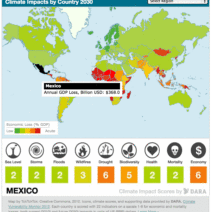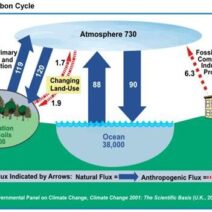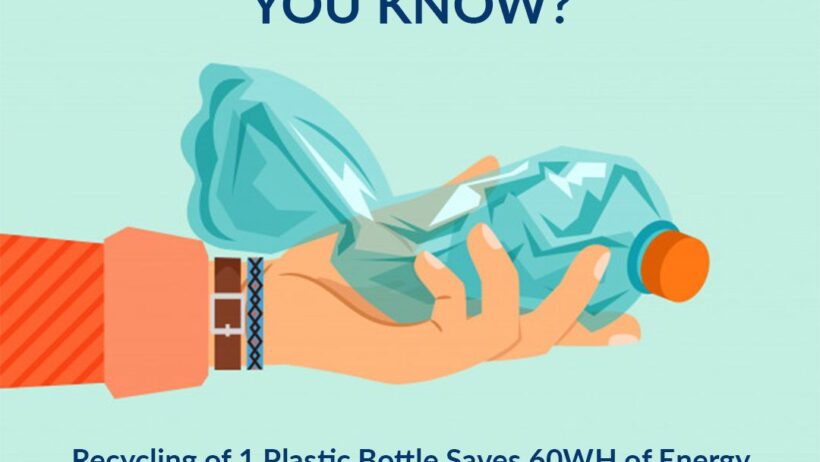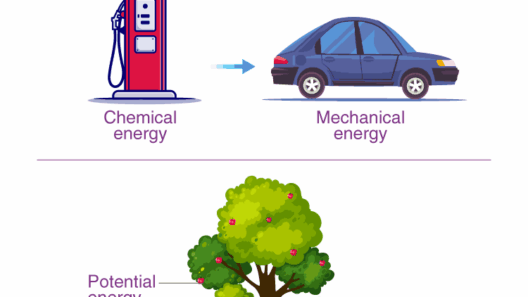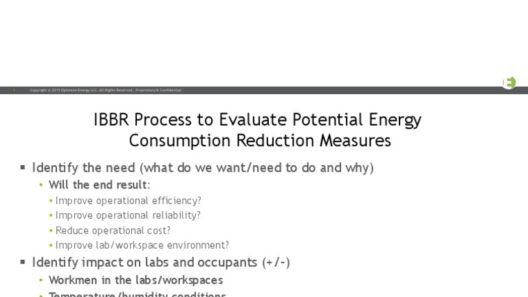Plastic is an ubiquitous material in our modern society, praised for its versatility and utility, yet criticized for its environmental ramifications. As we navigate through the complexities of plastic waste management, recycling emerges as an essential strategy not only to minimize waste but also to conserve valuable energy resources. Understanding how the recycling of plastic containers can contribute significantly to energy conservation requires an examination of both the processes involved and the overarching benefits that ensue.
When we consider the lifecycle of plastic, it becomes evident that the production of new plastics is an energy-intensive endeavor. The extraction and refinement of fossil fuels, typically used as the raw materials for plastic manufacturing, necessitate considerable energy expenditures. This process involves drilling, transporting, and refining oil, all of which consume vast quantities of energy and release greenhouse gases into the atmosphere. By recycling plastic containers, we are afforded a second chance to utilize materials that have already undergone this rigorous initial phase. This effectively reduces the demand for new, virgin plastic and subsequently lowers the energy consumption associated with its production.
The energy savings associated with recycling plastic are staggering. It’s documented that recycling just one ton of plastic can conserve up to 5,774 kilowatt-hours of energy. To put this into perspective, this amount of energy could power an average home for six months. This significant reduction in energy usage is attributed to the elimination of the processes involved in creating new plastic, including gathering raw materials and processing them into usable forms.
The mechanics of recycling begin with the collection and sorting of plastic containers, which requires an initial energy input. However, this input pales in comparison to the energy required for the production of new plastics. After collection, plastics are washed, shredded, and reformed into pellets that can be used to manufacture new items. In contrast to the rigorous processes of primary production, recycling employs less energy overall, reaffirming its role as a sustainable practice.
Another critical facet of plastic recycling is its ability to mitigate environmental pollution. Plastic waste is notorious for its endurance; it can take hundreds of years to decompose in landfills. Moreover, when plastic breaks down, it often leads to microplastics, which contaminate marine ecosystems and wildlife. By recycling plastic, we not only conserve energy but also reduce the environmental footprint associated with plastic waste. The interplay of energy conservation and environmental protection becomes particularly relevant in this context, as both are vitally important for combating climate change.
The transition to a circular economy highlights the importance of recycling in creating a sustainable future. In a circular economy, materials are continuously reused and recycled, thereby reducing waste and fostering energy conservation. This approach shifts the narrative from a traditional linear model—take, make, dispose—to one where plastic materials are kept in use for as long as possible. The recycling of plastic containers is foundational to this transformation, as it enables the reclamation of valuable resources while simultaneously alleviating pressure on new material extraction and processing.
Furthermore, the implications of energy conservation through recycling extend beyond the immediate benefits. The reduced reliance on fossil fuels diminishes greenhouse gas emissions, contributing positively to global efforts against climate change. In a world grappling with the consequences of environmental neglect, every action towards reducing energy consumption can reverberate through ecosystems and economies alike.
Moreover, advancements in technology have bolstered the efficiency of plastic recycling processes. Innovations in chemical recycling, for example, allow previously unrecyclable plastics to be transformed into high-quality feedstock for new products. This evolving technology not only broadens the scope of recyclable materials but also enhances energy efficiency, further underscoring the significance of plastic recycling as an avenue for energy conservation.
It is essential to engage communities in the conversation surrounding recycling and energy conservation. Public awareness initiatives can encourage individuals to participate in recycling programs, emphasizing the impact their efforts can make. The act of recycling plastic containers should be regarded as a civic responsibility—one that plays a pivotal role in conserving energy and fostering a sustainable environment.
In conclusion, the recycling of plastic containers embodies a multifaceted strategy to conserve energy. By reducing the need for energy-intensive production processes, recycling serves as an effective means to minimize energy consumption and curb greenhouse gas emissions. Moreover, the implications extend beyond energy conservation; they encompass environmental stewardship and community engagement, creating a comprehensive approach to tackling the plastic waste crisis. As we strive towards a more sustainable future, embracing the potential of recycling allows us to transform plastic’s narrative from waste to resource. By granting plastic a second chance, we lay the groundwork for a greener planet, empowered by energy conservation and responsible consumer practices.

